As Japan's historic gem, the Imperial Palace Tokyo is a must-see in Tokyo. Served as the imperial residence of successive former emperors of Japan, here tourists can learn more about Japan’s history and get close to historic traditions and culture dating back more than 400 years.
Apart from unparalleled historic buildings and gardens, people can also enjoy seasonal views in this magnificent space, which served as the current Emperor's private quarters. The content below helps you maximize your Tokyo Imperial Palace tour, even for first-timers!
Table of Contents
Tokyo Imperial Palace Facts
Why Visit Imperial Palace Tokyo?
History of the Imperial Palace Japan
Top Attractions & Experiences in Tokyo Imperial Palace
Best Time to Visit Imperial Palace Tokyo
How to Get to Imperial Palace Tokyo
Practical Guide for Visiting Imperial Palace Tokyo
Nearby Attractions
FAQs about Tokyo Imperial Palace
Tokyo Imperial Palace Facts
Japanese name: 皇居 (Kōkyo)
Address: 1-1 Chiyoda, Chiyoda City, Tokyo, Japan
Opening hours: 9:00 am-11:15 am; 1:30 pm-2:45 pm (closed on Mondays and Fridays)
Closed: Mondays, Fridays, and New Year (from December 28th to January 3rd)
Entrance ticket: Free of entrance
Suggested visit duration: About 1.5 hours
Best time to visit: Spring and autumn
Why Visit Imperial Palace Tokyo?
The residence of Japan’s formal Emperors during the Edo era
Former site of the Edo Castle
Free access to the Imperial Palace
One of the must-see attractions in Tokyo
History of the Imperial Palace Japan
Edo Castle’s Feudal Legacy (1603-1868)
Built on the original site of Edo Castle, the Imperial Palace Tokyo served as the residence of the Tokugawa Shogunate in the 15th century. After the Shogunate was overturned in 1868, the imperial residence was moved from Kyoto to Tokyo.
Imperial Transformation (1869-Present)
Due to a fire, the original castle was destroyed in 1873. There were a few surviving structures (e.g., stone walls, moats). During the Meiji Restoration, Japan’s Emperor moved to the new Edo castle. When it came to World War II, the Tokyo Imperial Palace was destroyed by fire and restored in 1968 with concrete in the original style.
Top Attractions & Experiences in Tokyo Imperial Palace
The magnificent Imperial Palace has served as the residence for successive emperors of Japan since 1868. The East Gardens, Old Castle tower, Ninomaru garden, and Kitanomaru park are open to the public, while access to other areas such as Fukiage Palace and the Palace District is not allowed.
1. East Gardens (Open to the Public)
As the main grounds of the Imperial Palace, the East Gardens played an important role in the deepest defence. Historic relics are scattered in the vast land, including Otemon Gate and Hirakawa Gate, which originated from the Edo period (1603-1868). Quaint gardens, together with teahouses and towers, cover an area of 5 hectares. When the cherry blossom season nears, about 1,200 sakura trees in the East Gardens embrace their full bloom.
2. Kokyo Gaien National Garden (Open to the Public)
Near the Tokyo Station, Kokyo Gaien National Garden is viewed as a green oasis, covering an area of 115 acres. Featuring the iconic Nijubashi Bridge double-arched entrance and the Statue of Kusunoki Masashige, many sites within the garden are recognized as significant cultural properties.
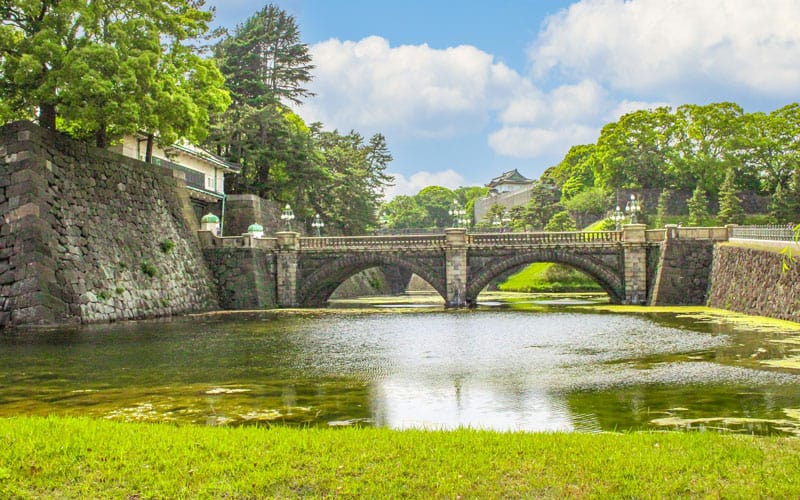
3. Kitanomaru Park (Open to the Public)
Kitanomaru Koen Park was opened to the public in 1969, after having served as a military base. Located to the north of the palace, Kitanomaru Park is surrounded by moats, suitable for a picnic. Visitors can admire the beauty of sakura in spring and the vibrant fall foliage in autumn.
4. Guided Tour to Imperial Palace Inner Palace
You can choose to visit the Inner Palace on certain auspicious public entry days, like the Emperor's Birthday at the end of February and the New Year celebrations in early January.
The Inner Palace offers some guided tours, including 75-minute historical tours, which take you to visit special historic spots, but you need to make reservations in advance. Or tourists can download the official audio guide application, in which English audio guides are available.
Japanese, Chinese, Korean, French, and Spanish are all available in the app. Visitors can get a deeper understanding of its highlights via audio, images, and words.
5. Architectural Marvels
Other historical sites exist inside the palace, such as the O-bansho Guardhouse, which served as a security headquarters during the Edo period, the Silk production museum, Momijiyama Cocoonery, and the Imperial Palace Plaza, where you can gain panoramic views of Tokyo Skytree.
Best Time to Visit Imperial Palace Tokyo
Spring and autumn are the most recommended seasons to visit the Palace. Cherry blossom dots the land in the Imperial Palace, Tokyo, drawing the attention of numerous tourists. Red, vibrant foliage greets its peak season when autumn comes to Tokyo, with the garden dyed with vibrant colors. Strolling in crisp air and feeling the chill vibe can be one of the best things to do in Tokyo.
How to Get to the Imperial Palace Tokyo
Subway
Take a ride on the Marunouchi Line from Tokyo Station to the nearest station, the Otemachi Station. Then transfer to the Tokyo Metro Chiyoda Line from Otemachi Station to Nijubashimae Station. After getting off the station, a 10-minute walk is needed to walk from Exit 6 of Nijubashimae Station to Tokyo Imperial Palace.
On Foot
A 10-minute walk from the Otemachi exit of Tokyo Station to the Imperial Palace.
Practical Guide for Visiting Imperial Palace Tokyo
Opening Hours
Different facilities open at various times. East Gardens of Imperial Palace in Tokyo:
| Periods | Opening hours |
|---|---|
| From March 1st to April 14th and from September 1st to 30th | 9:00 am-5:00 pm |
| From April 15th to August 31st | 9:00 am-6:00 pm |
| From October 1st to 31st | 9:00 am-4:30 pm (closed on Mondays/Fridays) |
| From November 1st to February 28th | 9:00 am-4:00 pm |
Note: Last admission happens 30 minutes before closing times.
For Imperial Palace Gardens, it runs 24 hours a day and has no closing days, except for some national events. For a guided daily tour, you can visit at 10:00 am or 1:30 pm (except for holidays) on weekdays, when the English audio guide is available.
Imperial Palace Tokyo Tickets
Tourists can enjoy free entry to the gardens and the plaza.
Photography Guide
As one of the most popular historic Tokyo attractions, the Japanese Imperial Palace offers some best spots, like Nijubashi Bridge for reflection in the moat and symmetry, as well as Fushimi-yagura Watchtower for sunrise. Besides, ginkgo trees along the moat, cherry blossoms in the East Garden, sunrise and sunset on the bridge, and an overlook from Sakurada Gate are also fascinating shooting spots. Noted that drone flights within 500m of airspace are prohibited.
Nearby Attractions
Hibiya Park
Characterized by a representative huge fountain, Hibiya Park belongs to the oldest western-style parks in Japan, filled with assorted of flowers, bushes, trees, and lawns. The green carpet greets family outings and suits a city-escape tour, where people can also enjoy 24 types of patterns from 8:00 am to 9:00 pm. When evening nears, the fountain will be illuminated, creating a romantic ambience for a night walk. Hibiya Park is also a place for various summer festivals, drawing numerous tourists.
The National Museum of Modern Art Tokyo
Not far away from the Imperial Palace sits the first national art museum in Japan, the National Museum of Modern Art Tokyo, with a wide range of art collections. Nowadays, 13,000 items are collected here, and it holds exhibitions 4-5 times a year. Besides, exhibitions for some specific themes and notable artists are held 3-4 times a year, which can be a mecca for art lovers, appreciating all kinds of forms of art from old times to the present.
Chidorigafuchi Park
From late March to early April, it embraces the cherry blossom season, when the mountain slopes on the Chidorigafuchi Park are carpeted in sakura and cherry petals floating on the lake. Ranking Tokyo's top hanami spots, Chidorigafuchi Park is a nationally well-known spot for viewing cherry blossoms, where tourists can enjoy canoeing on the Chidorigafuchi moat under cherry blossoms.
Yasukuni Shrine
To commemorate the spirits of people who sacrificed for the country, Yasukuni Shrine was built in 1869, where you can see the first Western-style bronze statue in Tokyo, Statue of Omura Masujiro, and the largest bronze torri gate in Japan, Daini Torri. Known as the viewing spot of cherry blossoms, the shrine also houses various festivals and events, like the Spring Festival, Autumn Festival, the Mitama Festival, etc.
Mitsubishi Ichigokan Museum
A 5-minute walk from Tokyo Station sits the distinctive Mitsubishi Ichigokan Museum, mainly exhibiting Western artworks from the end of the 19th century. Various events themed by contemporary art are held three times throughout the year. Aside from that, the building is also one of the highlights of the museum. After strolling, visitors can take a break and spend leisure time in the cafe in the museum.
FAQs about Tokyo Imperial Palace
1. Is Tokyo Imperial Palace open to the public?
Most parts of Imperial Palace Park Tokyo are open to the public, while the innermost sections of the palace are not allowed to be visited, in addition to some guided tours and special events.
2. Do I need to register for Imperial Palace in Tokyo?
If you plan to join the tour of the Imperial Palace Tokyo, you are required to register for admission.
3. Can I visit the Imperial Palace Tokyo without a tour?
Tourists need to visit the Imperial Palace Tokyo by joining the tour, and they can reserve the tickets online or line up for tickets.
4. How significant is the Imperial Palace Tokyo?
The Imperial Palace Tokyo used to serve as the residential area for successive emperors, carrying official duties. Various kinds of events are held here.
Plan Your Tokyo Trip with Hi Five Trip
A visit to the Imperial Palace Tokyo can be one of the most significant experiences during your time in Tokyo, providing you with a deeper understanding of Japanese culture. To immerse yourself further in Japanese culture, here are some of our most popular Japan tour packages for your inspiration:
Join Hi Five Trip to create your own Tokyo tours to embark on a cultural exploration journey!

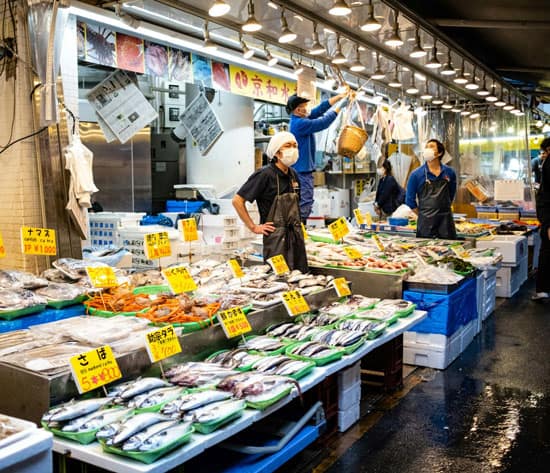
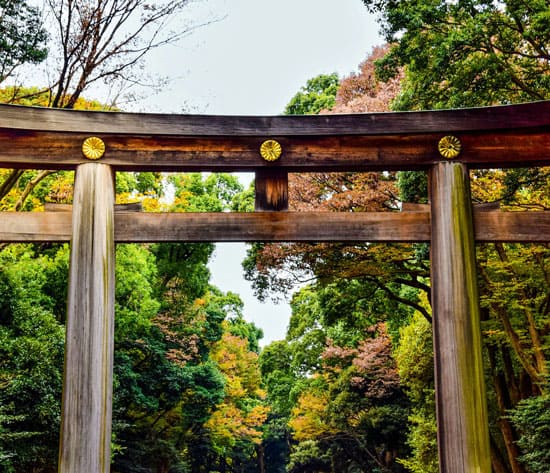


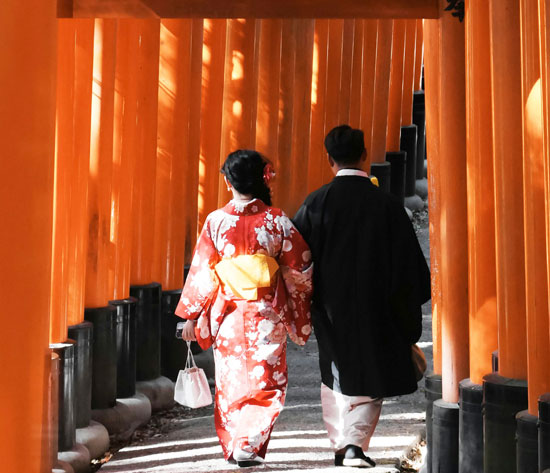
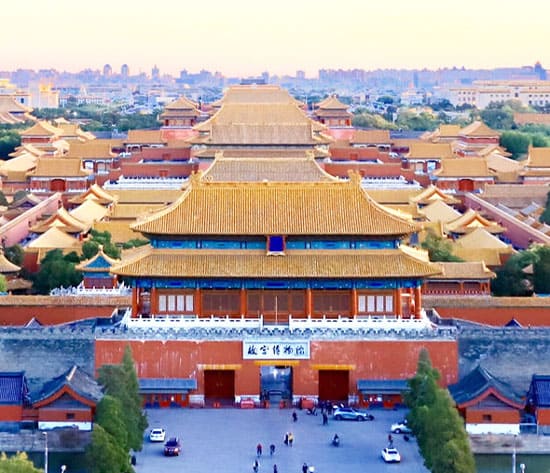
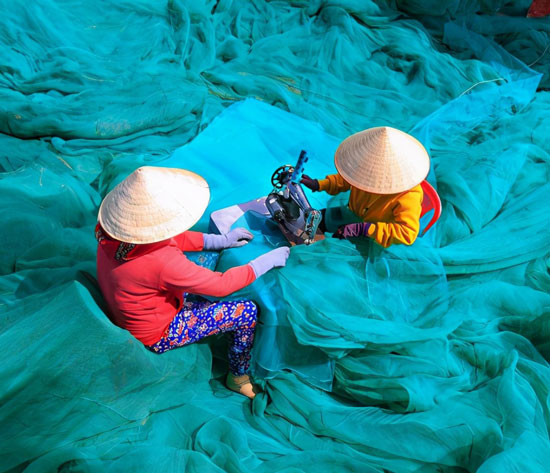
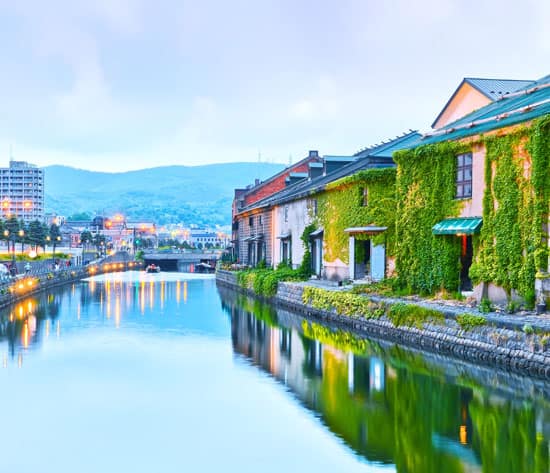
Have a Question?
You might see your comment appear on this page, but your email address and full name will not be published. Your personal information will remain confidential. Our Asia travel experts will get back to you as soon as possible. Required fields are marked *